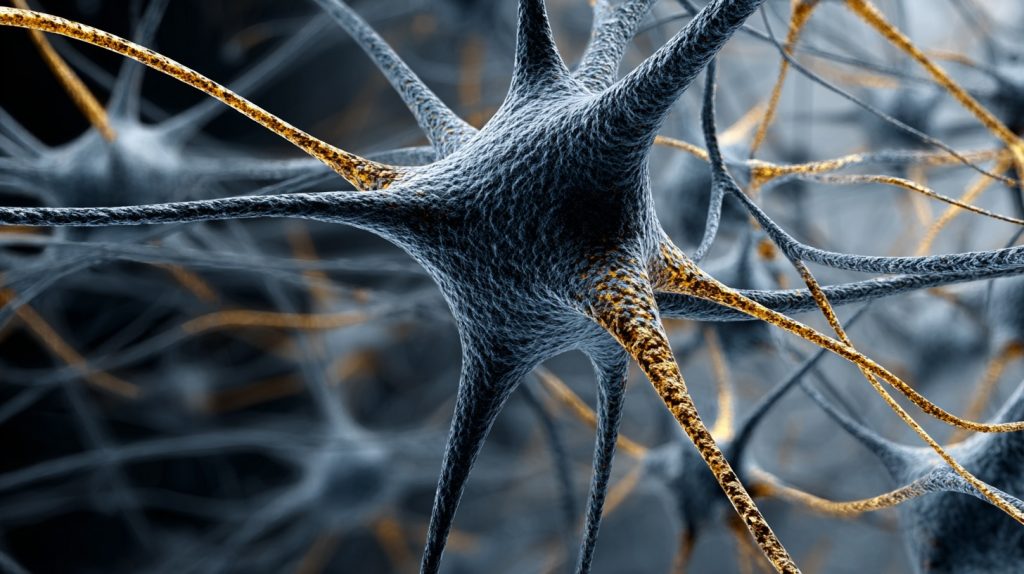
뉴로모픽 컴퓨팅: AI를 넘어 혁신을 이끄는 뇌 영감 기술
IBM의 TrueNorth 칩은 2014년에 발표되었으며, 단일 칩에 1,000,000개의 뉴런과 256,000,000개의 시냅스, 54억 개의 트랜지스터를 탑재하고 전력은 100 mW 미만으로 작동한다. Intel의 Loihi는 2017년 발표된 뉴로모픽 칩으로, 128개의 코어, 130,000개의 뉴런, 100,000,000개의 시냅스를 구현하고 칩 내부 학습 엔진으로 시냅스 가중치를 학습할 수 있다.